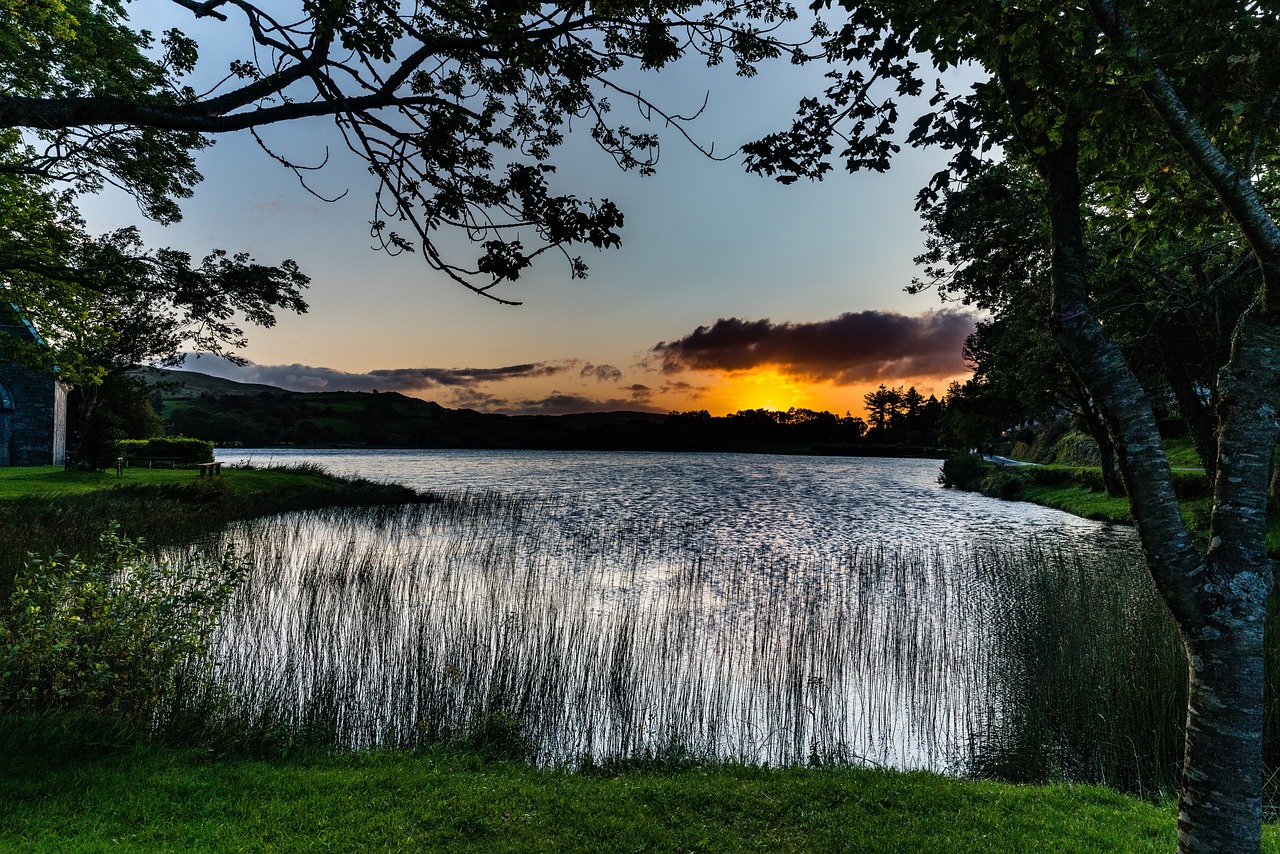Ireland, a small yet historically rich island, boasts a wealth of folklore that has been preserved through oral traditions over generations. These stories often intertwine with the landscapes, offering explanations for the unique features and characteristics of various locations.
The Tale of the Children of Lir
The story of the Children of Lir is prominently linked to the rugged terrains of North County Mayo, where these children faced a long exile of 300 years. In the isolated wilderness of Carrowteige, a sculpture pays tribute to the Children of Lir, embodying the sorrowful experience mirrored in the lives of many who have had to leave their homes in Mayo for better prospects abroad in places like America, Canada, and Australia, many never to return.
The Origins of the Children of Lir
Long ago, Lir was a revered lord who felt spurned when he was not chosen as the new king. In an attempt to mend relations, the newly crowned King Bodb Derg offered Lir his daughter Aoibh as a bride, which Lir accepted. Together, they had four children: Fionnuala, Aodh, Fiachra, and Conn. Unfortunately, Aoibh passed away shortly after childbirth.
In his quest to remarry, Lir wed Aoife, a daughter of Bodb. However, Aoife’s increased jealousy towards Lir’s affection for his children became apparent, leading to a troubling dynamic within the family. Consumed by bitterness, Aoife devised a sinister plan driven by her envy and, using her magical abilities, sought to eliminate Lir’s children.
The Enchantment of Aoife
Unable to kill the children herself, Aoife invited them to swim in a nearby lake. Once they entered the water, she unleashed her spell, transforming them into four white swans. The curse decreed that they would spend 300 years as swans on Lough Derravaragh, followed by another 300 years on the turbulent Sea of Moyle, and finally, 300 years on the rocky isle of Inis Glora in County Mayo. However, Aoife allowed them to retain the gift of speech and intellect.
When Lir discovered the transformation while hearing his children’s songs from the lake, he was heartbroken. He quickly confronted Aoife, leading to her punishment: to exist forever as a demonic spirit of the air.
The Long Years of Exile
The curse imposed on the Children of Lir meant they were bound to these waters, unable to return home. Their enchanting songs brought joy to the Tuatha De Danann, but their suffering continued as they transitioned from one harsh location to another. Each new setting brought adversity—be it the storms of the Sea of Moyle or the cold isolation of Inis Glora.
As centuries rolled by, the swans prayed for divine intervention, and through grace, their remaining years were marked by a newfound sense of peace. After centuries had passed, they could finally return to Lir, only to find their home desolate.
The Transformation and Liberation
While on Inis Glora, the sound of a church bell brought the swans news that could end their curse. A monk, sometimes identified as St. Patrick in some retellings, recognized the swans’ identity and offered compassion. Despite this newfound hope, they remained in their swan forms for a time.
As fate would have it, King Lairgnen of Connacht coveted the magical creatures and sought them out. Upon touching them, the swans transformed back into their human forms, aging rapidly before succumbing to the ravages of time. As they faced death, they sought and received baptism, marking the culmination of their tragic saga.
This poignant tale is grounded in various sources, including Richard Duffy’s 1883 book, “The Fate of the Children of Lir,” as well as earlier texts and folklore compilations.
Looking for more such tales? This article forms part of a series covering various facets of Irish folklore—including captivating stories about legendary beings and mythical events.



